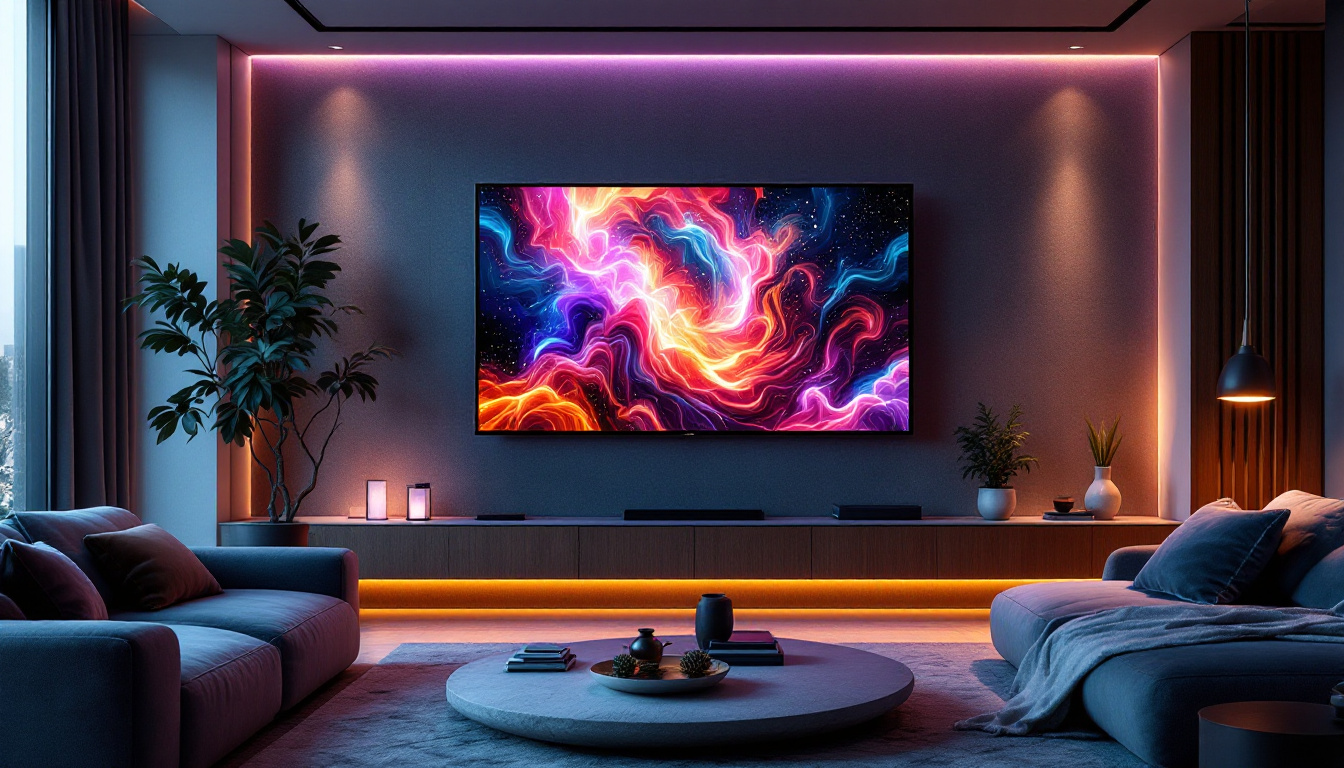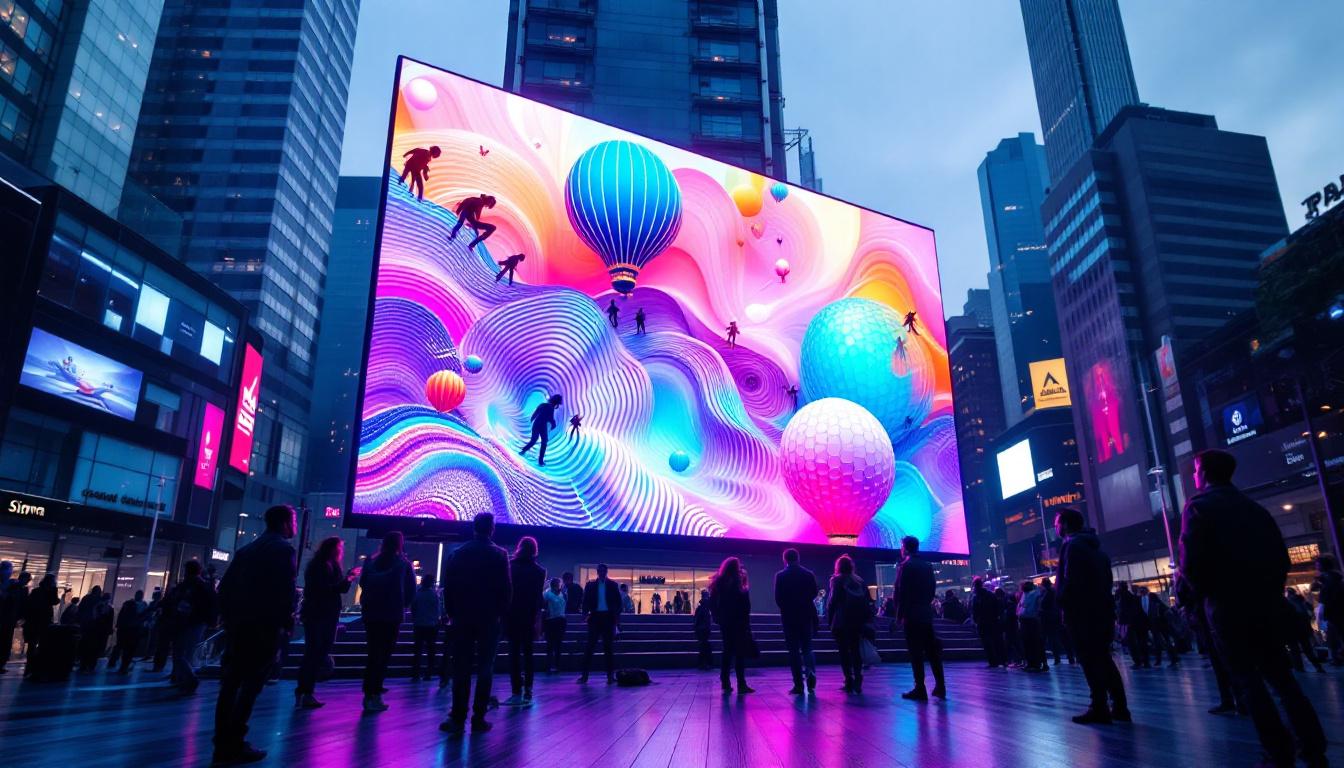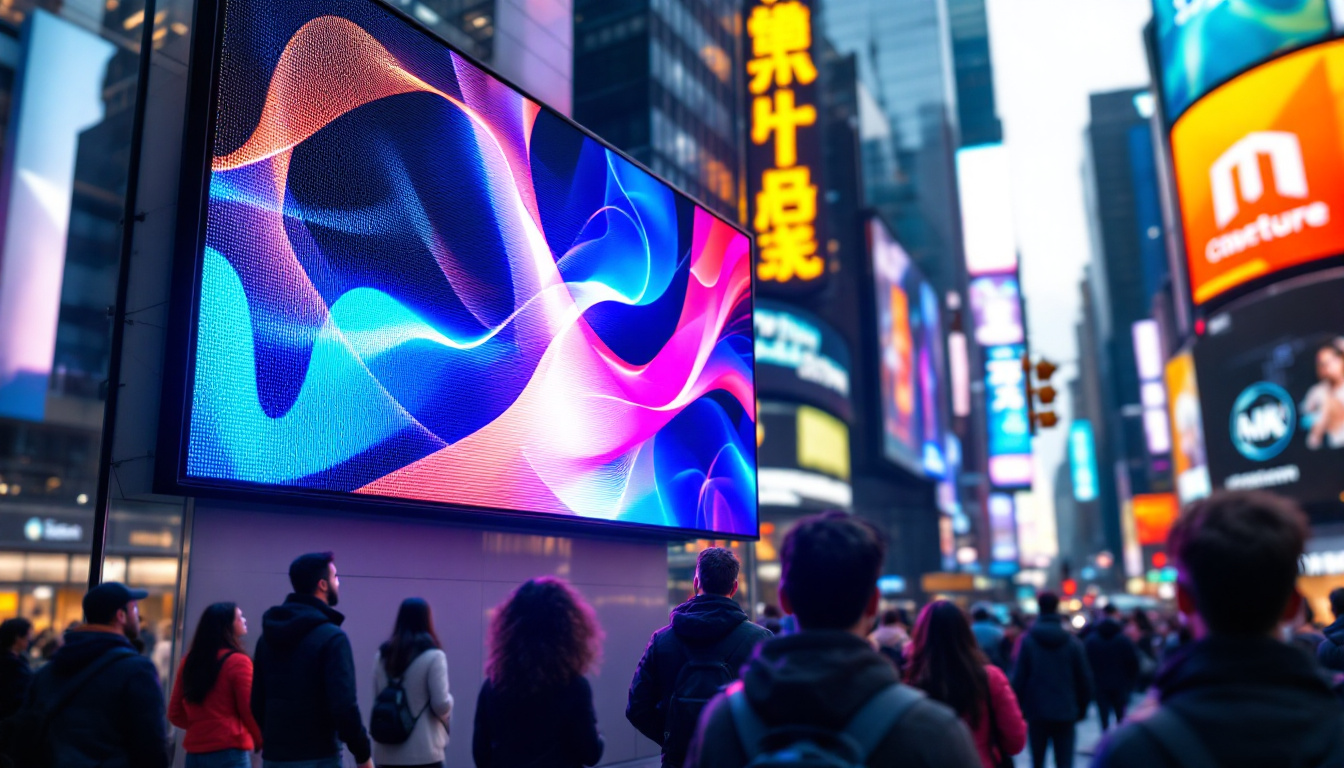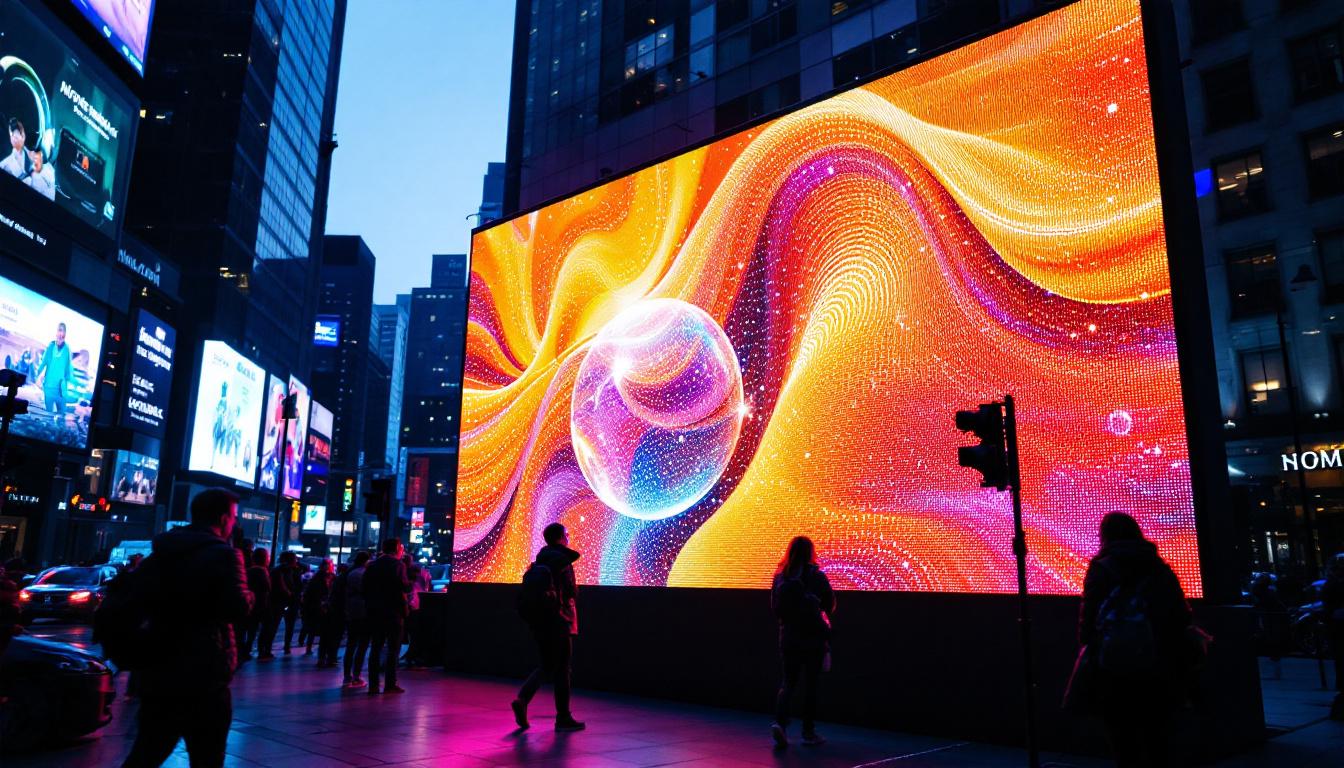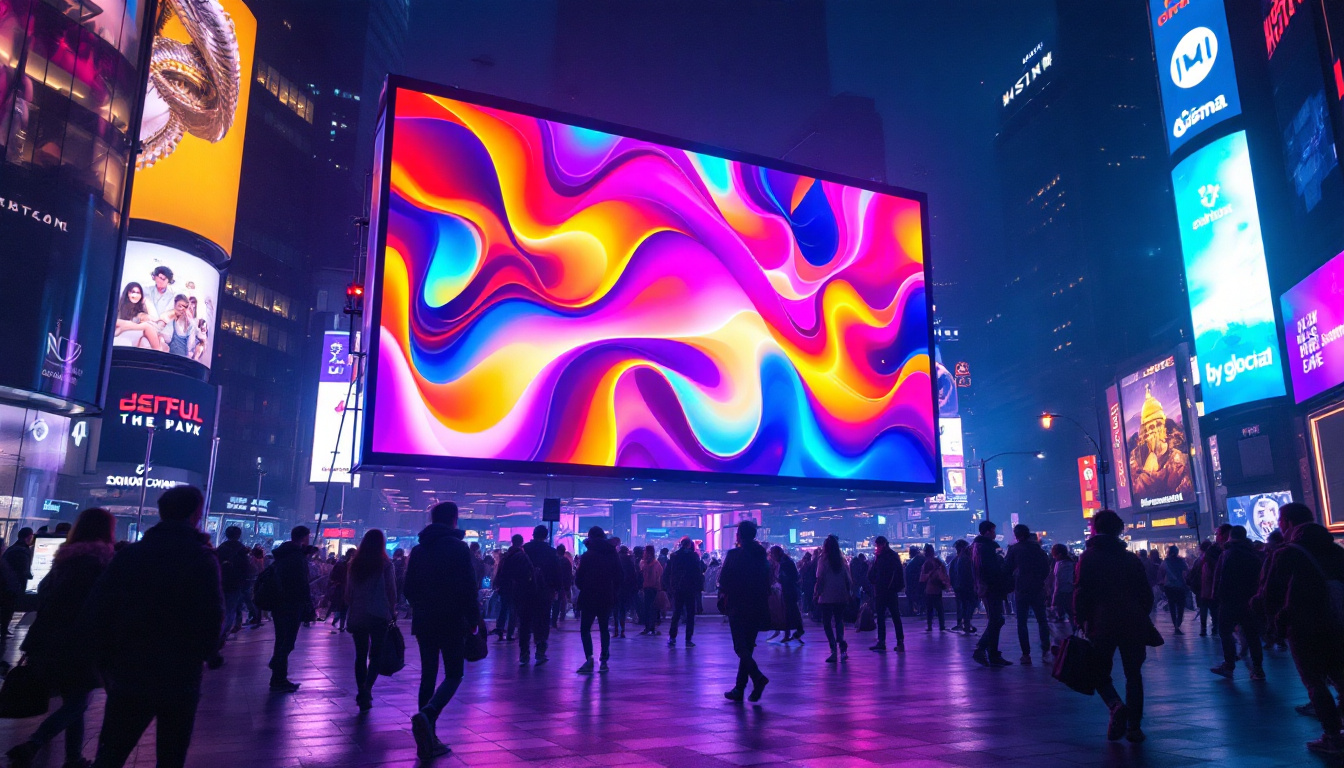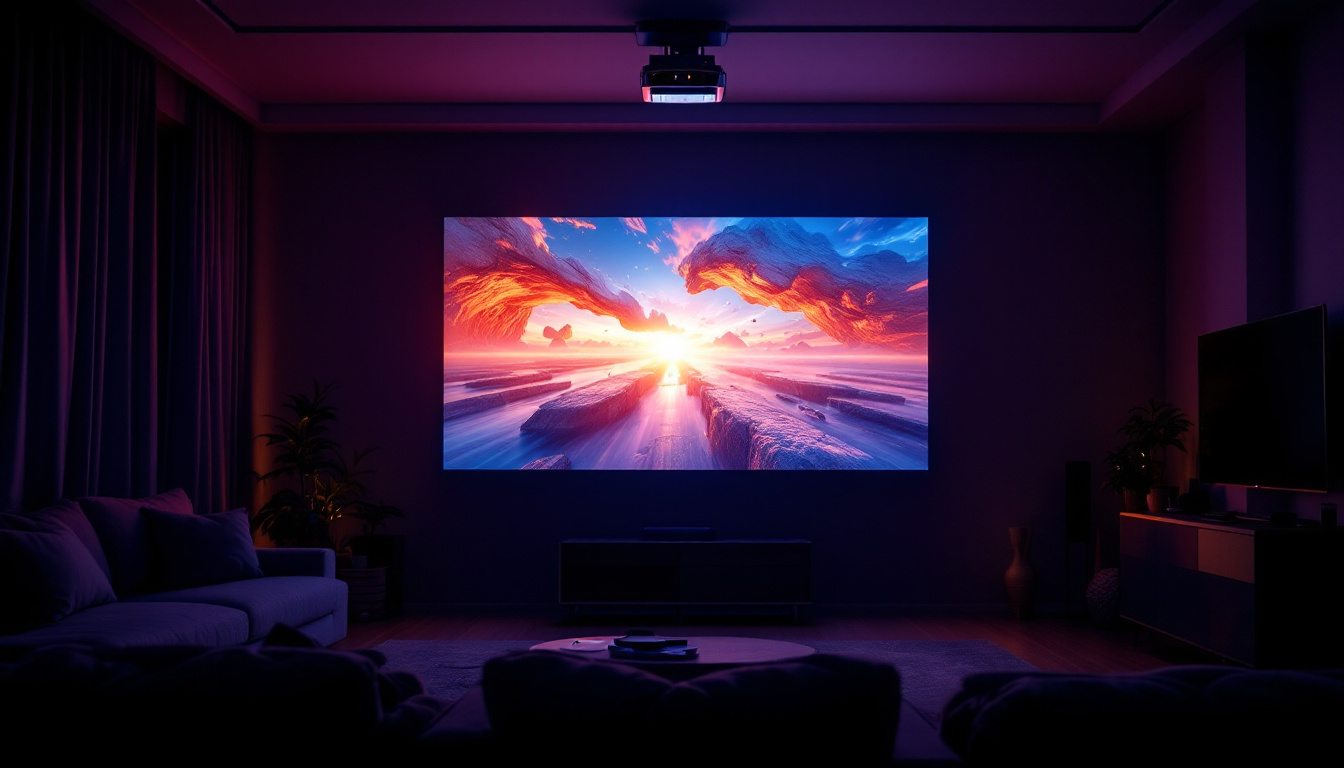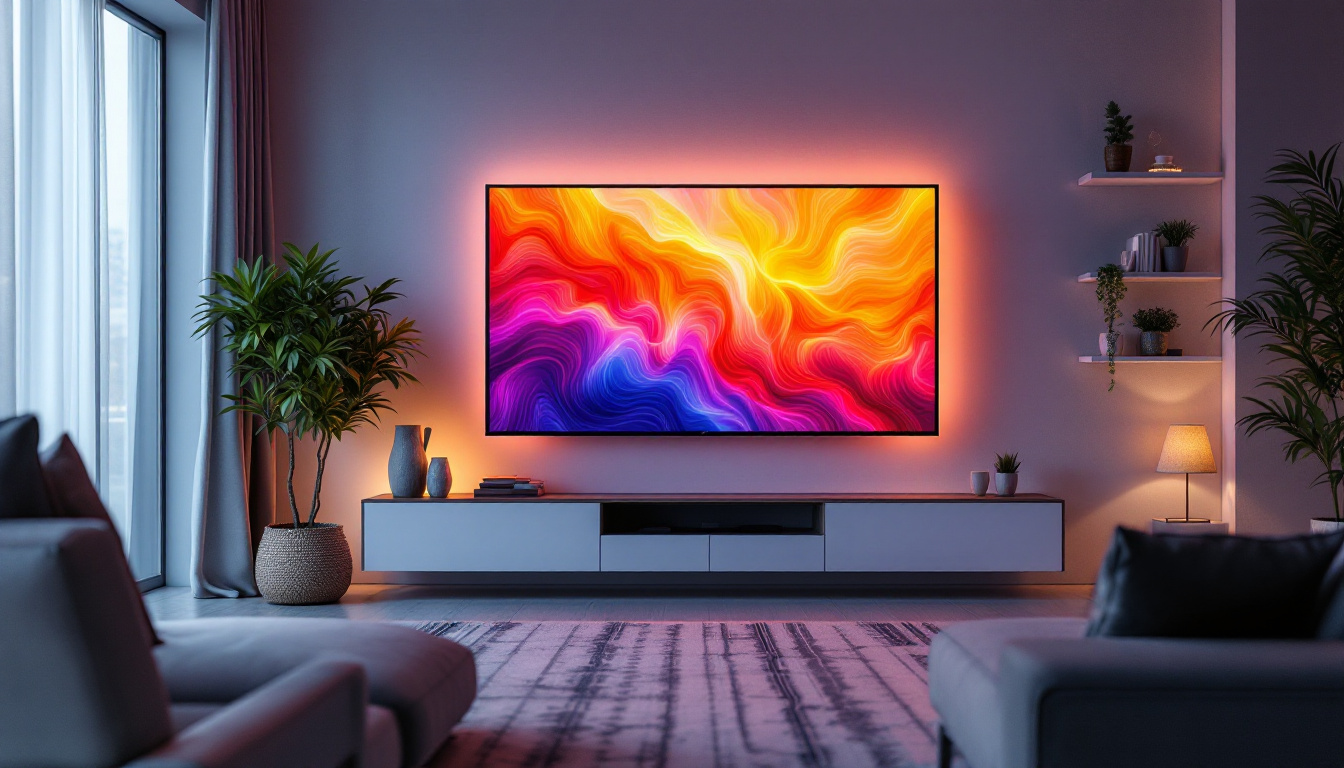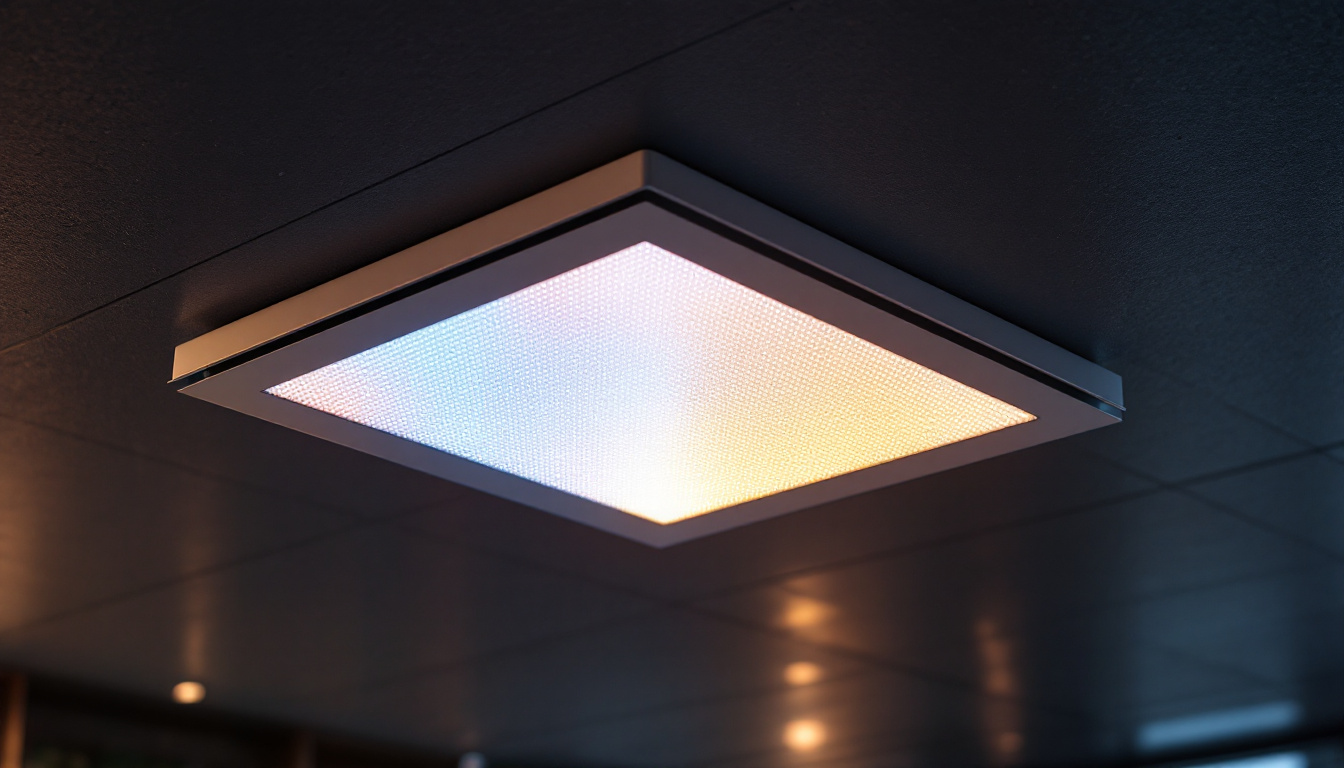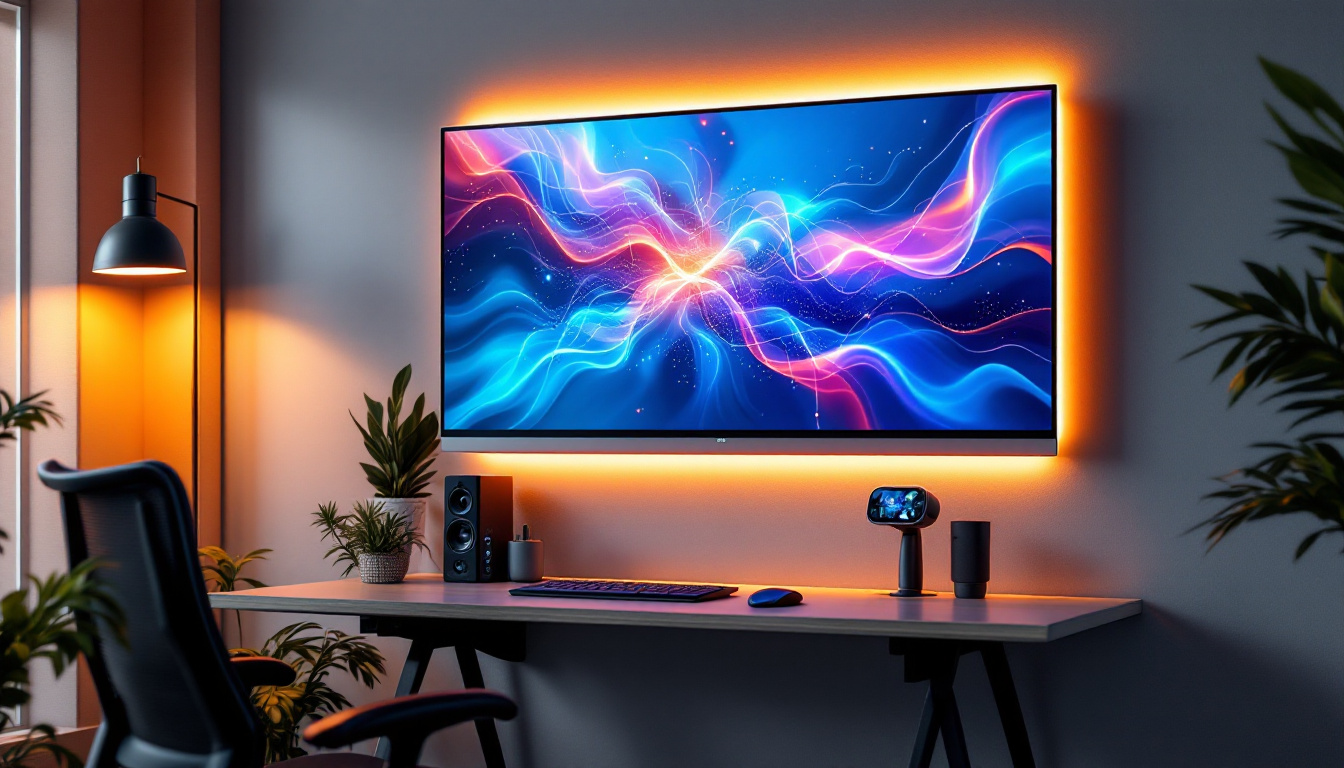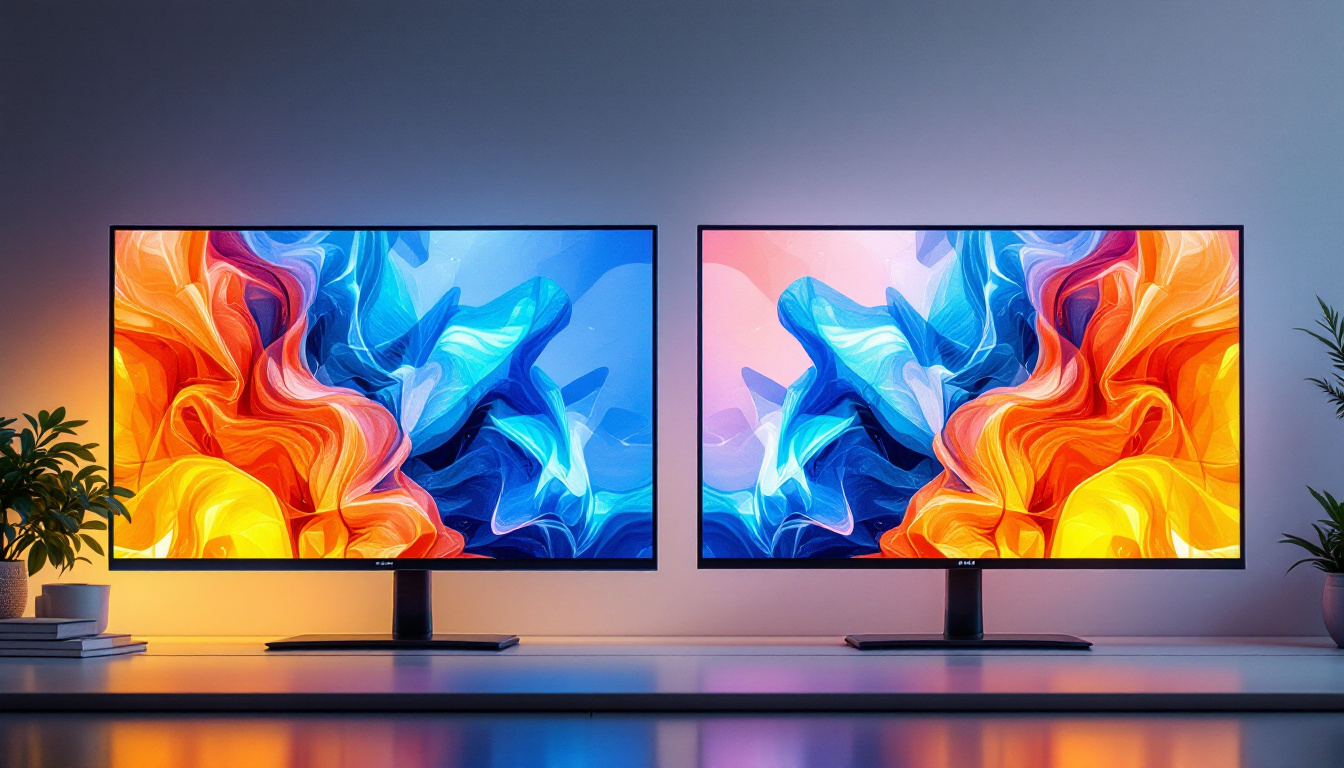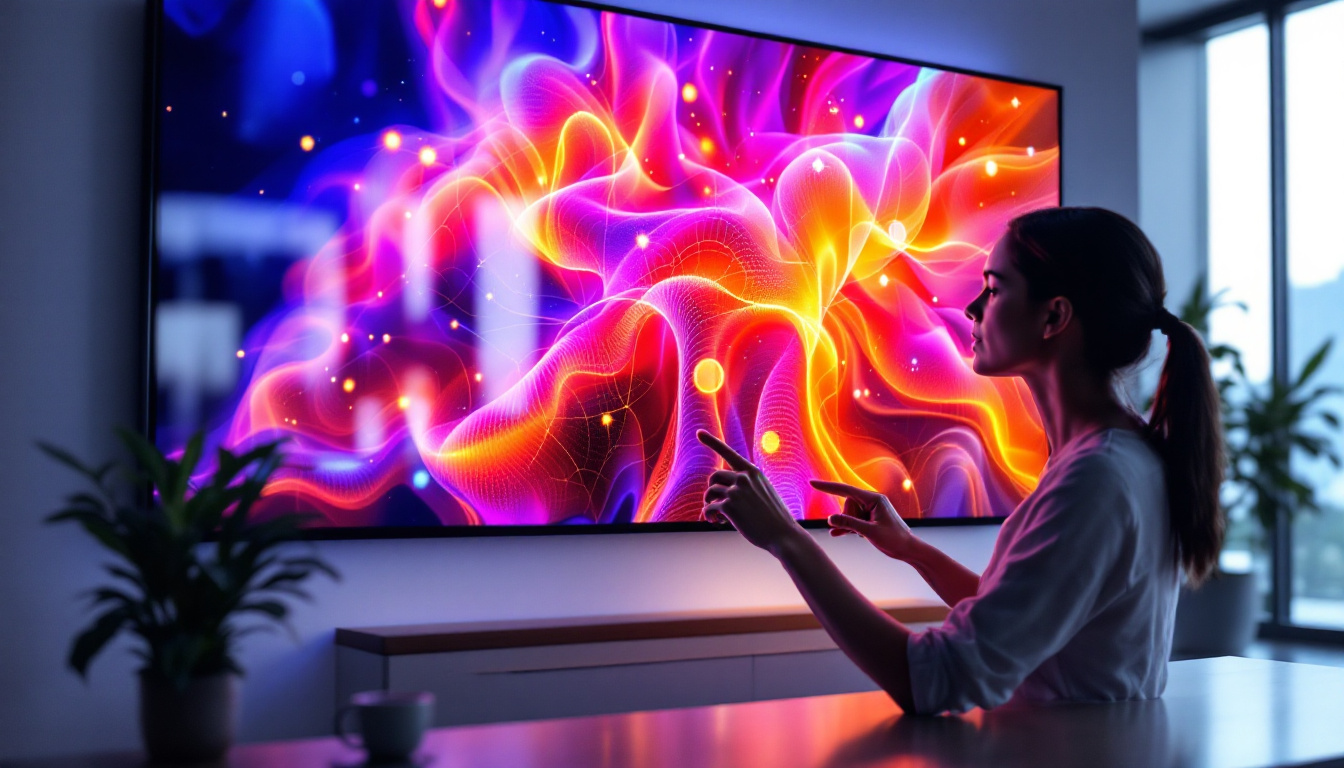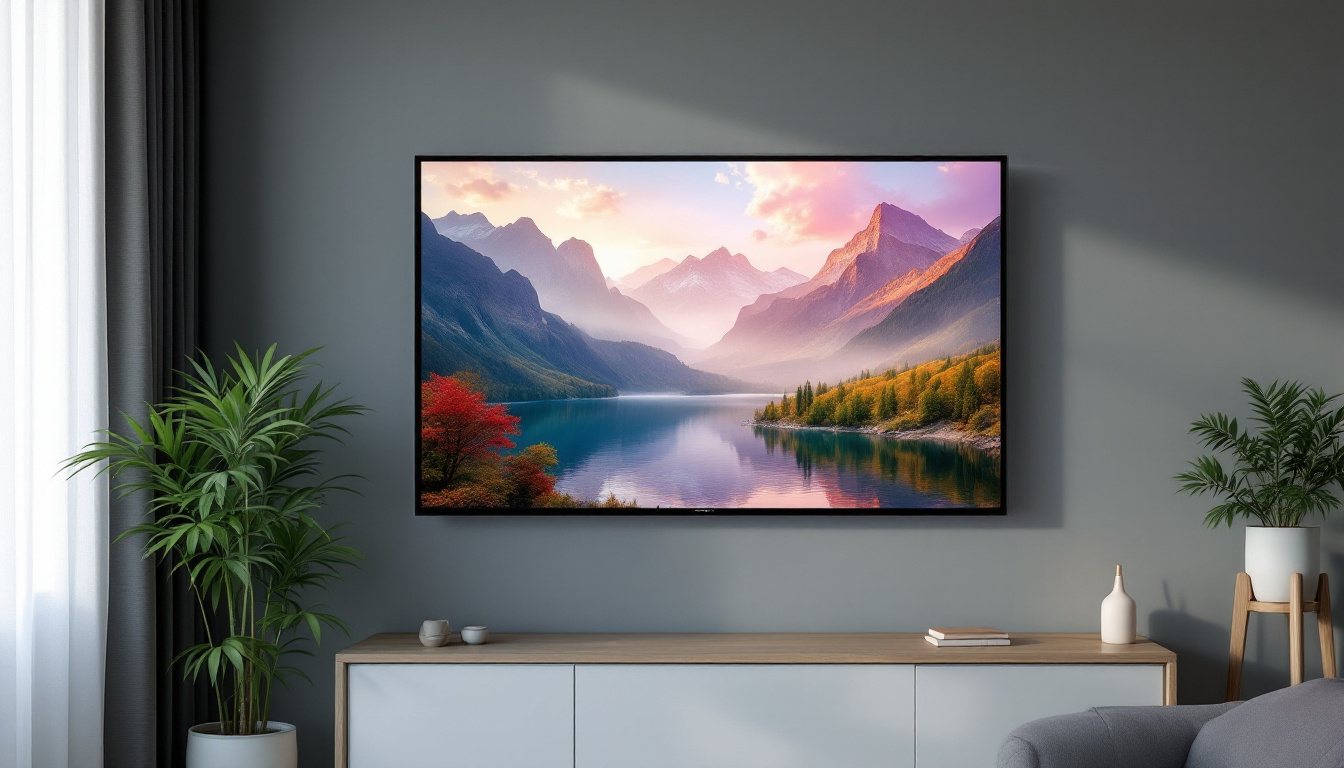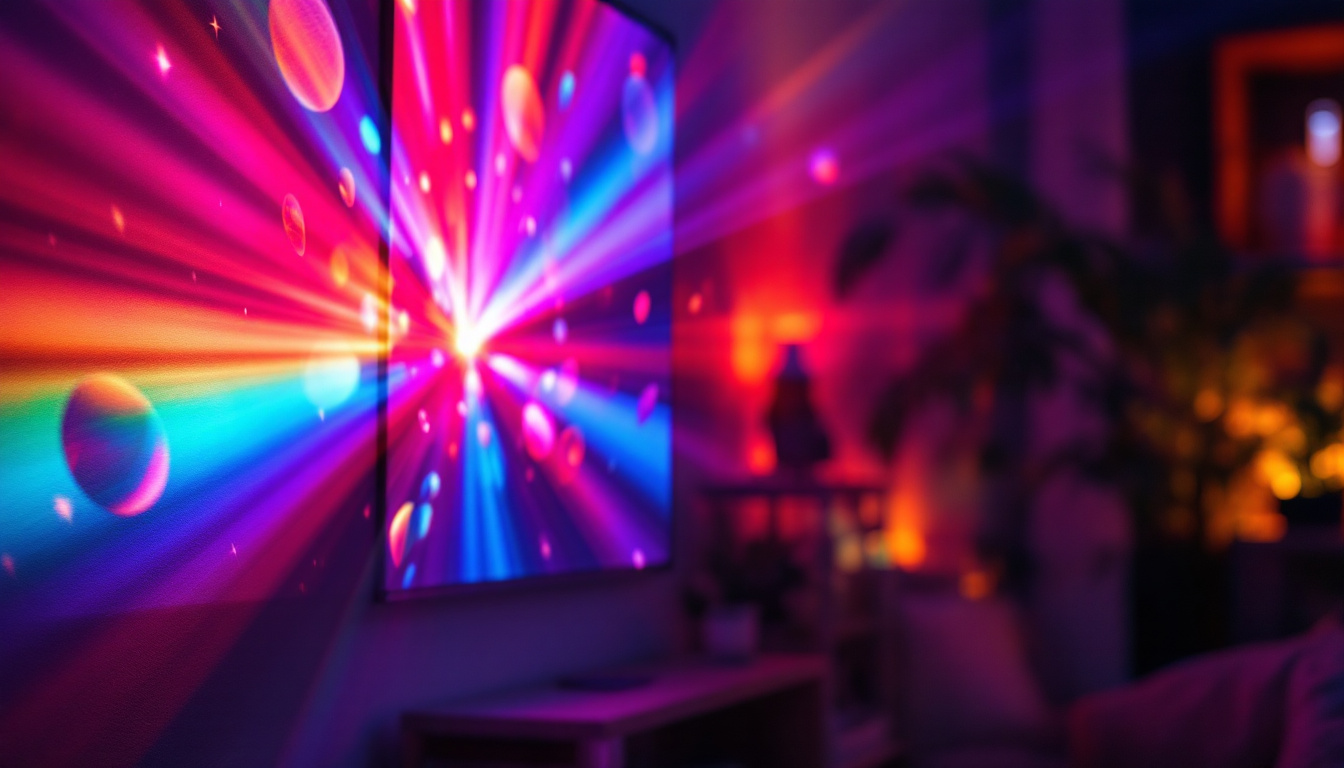In the rapidly evolving world of display technology, OLED (Organic Light Emitting Diode) has emerged as a frontrunner, particularly for its ability to produce stunning images with deep blacks and vibrant colors. This article delves into the intricacies of OLED displays, focusing on their unique characteristics, advantages, and the science behind dark OLED images.
Understanding OLED Technology
OLED technology represents a significant advancement over traditional LED displays. Unlike LCDs, which require a backlight, OLEDs emit their own light. Each pixel in an OLED display is made up of organic compounds that light up when an electric current is applied. This fundamental difference allows OLEDs to achieve true black levels, as individual pixels can be turned off completely. This characteristic not only improves the visual quality of images but also contributes to energy efficiency, as darker images consume less power.
In addition to their superior black levels, OLED displays also offer a wider color gamut. This means that they can reproduce a broader spectrum of colors, resulting in more lifelike images. This capability is particularly beneficial for applications in photography, gaming, and cinema, where color accuracy is paramount. As a result, OLED technology has become increasingly popular among professionals in creative fields who demand the best possible display performance.
How OLED Works
The construction of an OLED display consists of several layers, including a substrate, an anode, organic layers, and a cathode. The organic layers are where the magic happens. When electricity flows through these layers, they emit light. This process is known as electroluminescence. Because each pixel can be controlled independently, OLED displays can produce incredibly high contrast ratios. This independence allows for stunning visual effects, such as the ability to display bright colors next to deep blacks without any halo effect, which is often seen in traditional displays.
Moreover, OLED technology can be further enhanced through the use of different types of organic materials that can emit various colors. By layering these materials strategically, manufacturers can create displays that not only have exceptional brightness but also maintain color accuracy across different viewing angles. This is a significant advantage over LCDs, which often suffer from color distortion when viewed from the side, making OLEDs a preferred choice for large screens and multi-viewer scenarios.
Comparison with Traditional Displays
When compared to traditional LED and LCD displays, OLEDs stand out for their ability to produce deeper blacks and more vibrant colors. In an LCD, the backlight is always on, which can lead to light bleed and a grayish appearance in dark scenes. OLEDs, on the other hand, can turn off pixels completely, resulting in true black. This capability enhances the overall viewing experience, particularly in dark environments. Furthermore, OLED displays typically have faster response times, which is crucial for fast-moving content such as sports or action movies, reducing motion blur and improving clarity.
In terms of longevity, OLED technology has made significant strides, although it still faces challenges such as burn-in, where static images can leave a permanent mark on the screen. However, manufacturers are continually developing solutions to mitigate this issue, such as pixel shifting and screen savers. Additionally, OLEDs are becoming more affordable and accessible, leading to a broader adoption across various devices, from smartphones to televisions, making high-quality visual experiences available to a wider audience.
The Advantages of Dark OLED Images
Dark OLED images offer several advantages that contribute to their popularity in various applications, from televisions to smartphones. The ability to display deep blacks not only enhances the aesthetic appeal but also improves the overall performance of the display.
Enhanced Contrast Ratios
One of the most significant benefits of dark OLED images is the enhanced contrast ratio. The difference between the darkest and brightest parts of an image is crucial for delivering a realistic viewing experience. With OLED technology, the contrast ratio can reach levels that are difficult to achieve with traditional displays. This is particularly important for cinematic content, where shadow detail and highlight reproduction can make or break the viewing experience. Moreover, the rich contrast provided by dark OLED images can significantly enhance the perception of depth in images, making them more immersive. Viewers can appreciate the subtleties in textures and colors that might otherwise be lost on lesser displays, allowing for a more engaging visual narrative.
Power Efficiency
Another advantage of dark OLED images is power efficiency. Since OLED displays can turn off individual pixels, they consume less power when displaying darker images. This energy efficiency can lead to longer battery life in portable devices, making OLED a preferred choice for smartphones and laptops. In contrast, traditional displays often consume a constant amount of power regardless of the content being displayed. Additionally, this power-saving feature not only benefits users in terms of battery longevity but also contributes to a reduced environmental impact. As more consumers become environmentally conscious, the demand for energy-efficient technologies like OLED is likely to grow, further solidifying its place in the market. Furthermore, the reduced heat generation associated with dark OLED images can also prolong the lifespan of the display, making it a win-win situation for both manufacturers and consumers alike.
Challenges and Limitations of OLED Technology
Despite the many advantages of OLED displays, there are challenges and limitations that manufacturers and consumers must consider. Understanding these issues is essential for making informed decisions about display technology.
Burn-in Issues
One of the most discussed challenges associated with OLED displays is the phenomenon known as burn-in. This occurs when static images are displayed for extended periods, leading to uneven wear on the organic compounds. As a result, ghost images can persist on the screen, which can be particularly problematic for users who frequently display static content, such as logos or user interfaces. To mitigate this issue, many manufacturers have incorporated features like pixel shifting and screen savers, which help to reduce the risk of burn-in by regularly adjusting the displayed content. However, these solutions are not foolproof, and users must remain vigilant about their display habits to prolong the life of their OLED screens.
Cost Considerations
Another limitation of OLED technology is the cost. OLED displays are generally more expensive to produce than their LCD counterparts. This higher production cost can translate into higher retail prices for consumers. As technology advances and production methods improve, it is hoped that prices will become more competitive, making OLED displays more accessible to a broader audience. Additionally, the initial investment in OLED technology can be a deterrent for many consumers, especially when considering the rapid pace of technological advancements. As new display technologies emerge, such as MicroLED and MiniLED, the competition may further influence pricing structures, potentially leading to more affordable options in the future. Consumers must weigh the benefits of superior picture quality and color accuracy against the financial implications of choosing OLED over other display technologies.
Applications of Dark OLED Images
The unique properties of dark OLED images make them suitable for a wide range of applications. From home entertainment systems to professional displays, the versatility of OLED technology is evident.
Television and Home Theater Systems
In the realm of home entertainment, OLED televisions have gained immense popularity due to their ability to deliver stunning picture quality. The deep blacks and vibrant colors enhance the cinematic experience, making movies and shows more immersive. Additionally, the wide viewing angles of OLED displays ensure that everyone in the room can enjoy the same high-quality image, regardless of their position relative to the screen.
Smartphones and Portable Devices
OLED technology has also found its way into smartphones and portable devices. The vibrant colors and deep blacks not only enhance the visual appeal but also improve battery life. As users increasingly consume media on their devices, the demand for high-quality displays continues to grow. OLED screens provide an excellent solution, offering a balance of performance and efficiency.
Future of OLED Technology
The future of OLED technology looks promising, with ongoing advancements aimed at overcoming current limitations and expanding its applications. Researchers and manufacturers are exploring new materials and production techniques that could enhance the performance and durability of OLED displays.
Improved Lifespan and Durability
One of the key areas of focus in OLED research is improving the lifespan and durability of the displays. Innovations in materials and manufacturing processes are being developed to reduce the risk of burn-in and enhance overall longevity. As these advancements are realized, OLED technology could become even more appealing to consumers and businesses alike.
Wider Adoption Across Industries
As OLED technology continues to evolve, its adoption is expected to expand beyond consumer electronics. Industries such as automotive, healthcare, and advertising are beginning to explore the potential of OLED displays for various applications. The flexibility and adaptability of OLED technology make it an attractive option for a wide range of uses, from dashboard displays to digital signage.
Conclusion
Dark OLED images represent a significant leap in display technology, offering unparalleled contrast, vibrant colors, and energy efficiency. While challenges such as burn-in and cost remain, ongoing advancements in OLED technology promise to address these issues and expand its applications. As OLED continues to evolve, it is poised to redefine the way we experience visual content across various platforms.
In summary, the combination of deep blacks and vivid colors makes OLED displays a compelling choice for anyone seeking an exceptional viewing experience. Whether in the comfort of a living room or on the go with a smartphone, dark OLED images are set to play a crucial role in the future of display technology.
Discover the Future of Visual Experience with LumenMatrix
Ready to elevate your visual content with the unparalleled contrast and vibrant colors of OLED technology? LumenMatrix is at the forefront of LED display innovation, offering a wide array of solutions from Indoor and Outdoor LED Wall Displays to Custom and All-in-One LED Displays. Embrace the future of display technology and enhance your brand’s visibility with our captivating LED solutions. Check out LumenMatrix LED Display Solutions today and transform your visual communication into an unforgettable experience.



